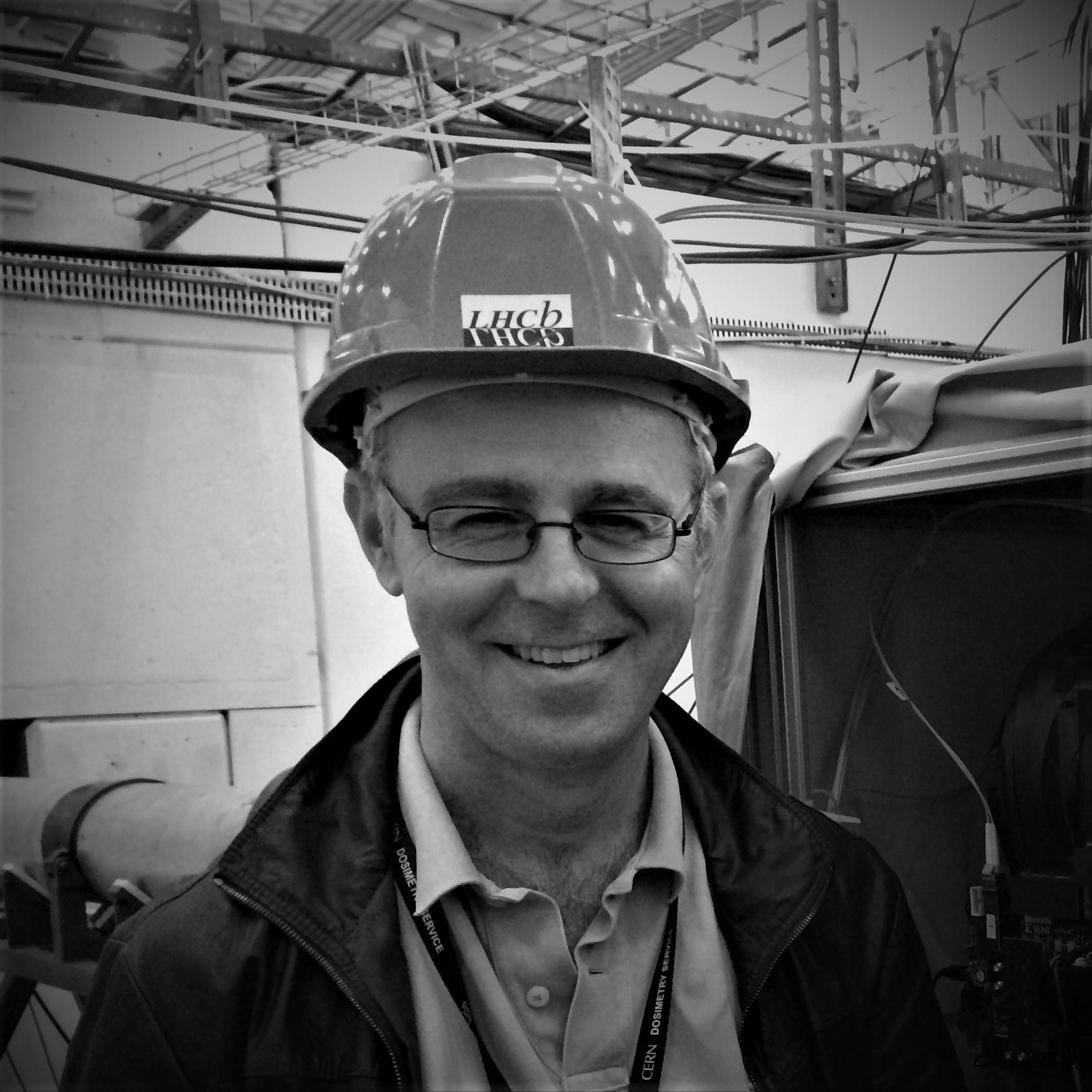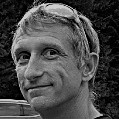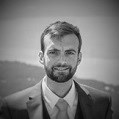|
|
Michael Campbell - The Timepix chip family and its latest member, Timepix4 Michael Campbell is the leader of the Medipix design team in the Experimental Physics Department at CERN in Geneva, Switzerland where he has worked for over 30 years. He was one of the pioneers of hybrid pixel detector readout and of the use of radiation-hard-by-design techniques both of which are now exploited widely in ASICs at the Large Hadron Collider experiments. He is the spokesperson of the Medipix2, Medipix3, and Medipix4 Collaborations who seek to disseminate pixel detector technology to many different fields of science. Michael received his Ph.D. from the University of Strathclyde, Glasgow, Scotland (his native city), and has authored several hundred scientific publications. In 2016, he was appointed Honorary Professor of the Department of Physics and Astronomy at the University of Glasgow.
|
|
|
Heinz Graafsma - How to meet the X-ray Photon-Science Detector Challenge? Heinz Graafsma studied applied physics at the University of Twente in the Netherlands, where he obtained his engineering degree in solid-state physics and crystallography in 1988. In 1992 he obtained his Ph.D. based on his research at the State University of New York in Buffalo, and the NSLS at BNL. In 1992 he became a PostDoc at the materials science beamline at the new European Synchrotron Radiation Facility in Grenoble, France. In 1993 he became a scientist at the same station. In 1997 he was appointed head of the Instrument Support Group, where he was, amongst other things, responsible for the detector support and development program at the ESRF. In January 2006 he moved to DESY in Hamburg in order to build up a detector group for Photon Science and to support the detector program at the European XFEL as the work-package leader. Heinz Graafsma has been leading one of the major detector programs, AGIPD, which was the first X-ray area detector operational at the Eu.XFEL. He is also co-founder of the spinoff company X-Spectrum.
|
|
|
Filip Ronning - The Multiverse of f-electron Quantum Materials Filip Ronning (Ph.D. Stanford University) is the director of the Institute of Materials Science at Los Alamos National Lab and a co-design lead for the National Quantum Science Center. His research aims to elucidate new physics through new materials under extremes of pressure, temperature, and magnetic field of strongly correlated systems. A distinguished mentor, he has co-authored over 300 peer-reviewed publications, with more than 13,000 citations. He is a fellow of the American Physical Society since 2015.
|
|
|
Alex B. Zylstra - Burning and ignited plasmas at the National Ignition Facility Dr. Alex Zylstra is the experimental lead for the ‘Hybrid E’ campaign within the inertial confinement fusion program on NIF. This campaign improved implosion performance from previous records, first surpassing the burning-plasma threshold and more recently producing more than 1.3 MJ of yield on NIF. He also works on projects related to nuclear astrophysics, including measurements of nucleosynthesis cross-sections and studies of reactions occurring in dense plasmas. Previously he led the experimental development of other novel ICF designs and experiments on charged-particle transport in dense plasmas. Alex started working in inertial fusion as a graduate student at MIT, where he was supported by the Stewardship Science Graduate Fellowship in his work on OMEGA and NIF. After graduating in 2015 he went to Los Alamos National Laboratory as a Reines Distinguished Postdoctoral fellow. In 2018 he both took a position with Lawrence Livermore as the experimental lead for the Hybrid E campaign on NIF and was awarded a DOE Early Career grant for his work on nuclear astrophysics. |
|
|
|







